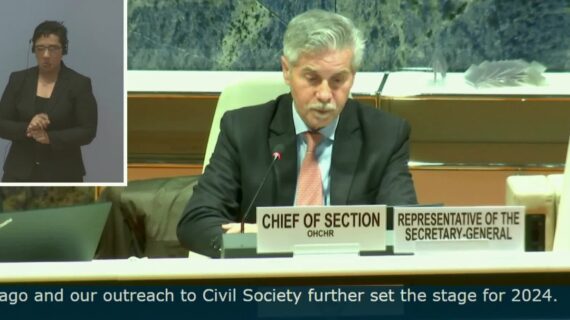Package of interventions for Rehabilition
In its Thirteenth General Programme of Work 2019–2023, the World Health Organization (WHO) defines the achievement of universal health coverage as a strategic priority goal to address Sustainable Development Goal 3. Rehabilitation is an essential health strategy to which people in need should have access without being exposed to financial hardship. It is a fundamental health service for people with a wide range of health conditions, throughout all stages of the life course, and during all phases of acute, subacute and long-term care. However, despite the
growing need for rehabilitation, there remains a lack of awareness about its role and importance within health services and the magnitude of unmet needs, particularly in low- and middleincome countries.
WHO’s Rehabilitation 2030 Initiative identified 10 areas for concerted action to reduce the unmet needs for rehabilitation. Incorporating rehabilitation into universal health coverage is one of the areas targeted to increase access to rehabilitation for all people in need. The Package of interventions for rehabilitation is a resource developed to support ministries of health and other target users, such as service planners, service providers, academics and researchers.
It provides information on essential interventions for people with health conditions requiring the highest
needs for rehabilitation across different disease areas. It further describes the required time for the delivery of interventions, the required related materials (e.g. assistive products, equipment, consumables), and human (workforce) resources. Interventions selected for inclusion address problems in functioning relevant to many people living with a health condition; they were considered cost–effective, and feasible to deliver in low- and middle-resource contexts, even
if implementation requires strengthening the rehabilitation workforce in these countries. The Package of interventions for rehabilitation can be used for the planning and budgeting of rehabilitation services, developing curricula and training materials, and identifying research gaps for defining research agendas.
The Package of interventions for rehabilitation was developed for 20 health conditions which are categorized under seven disease areas:
Musculoskeletal conditions: low back pain, osteoarthritis, rheumatoid arthritis, sarcopenia, fractures of the extremities, amputations.
Neurological conditions: stroke, Parkinson disease, cerebral palsy, traumatic brain injury, spinal cord injury, dementia.
Cardiopulmonary conditions: ischaemic heart disease, chronic obstructive pulmonary disease.







